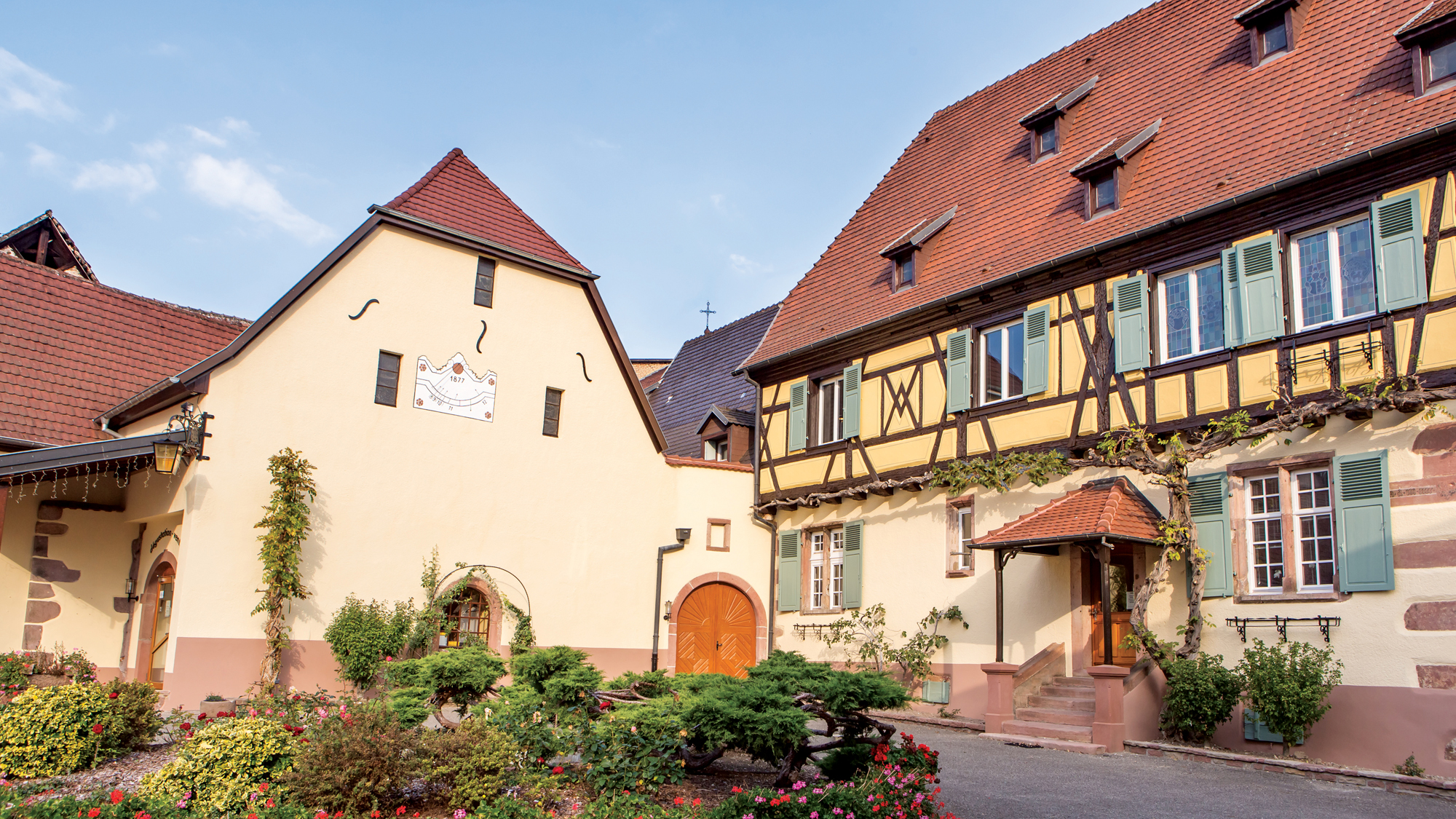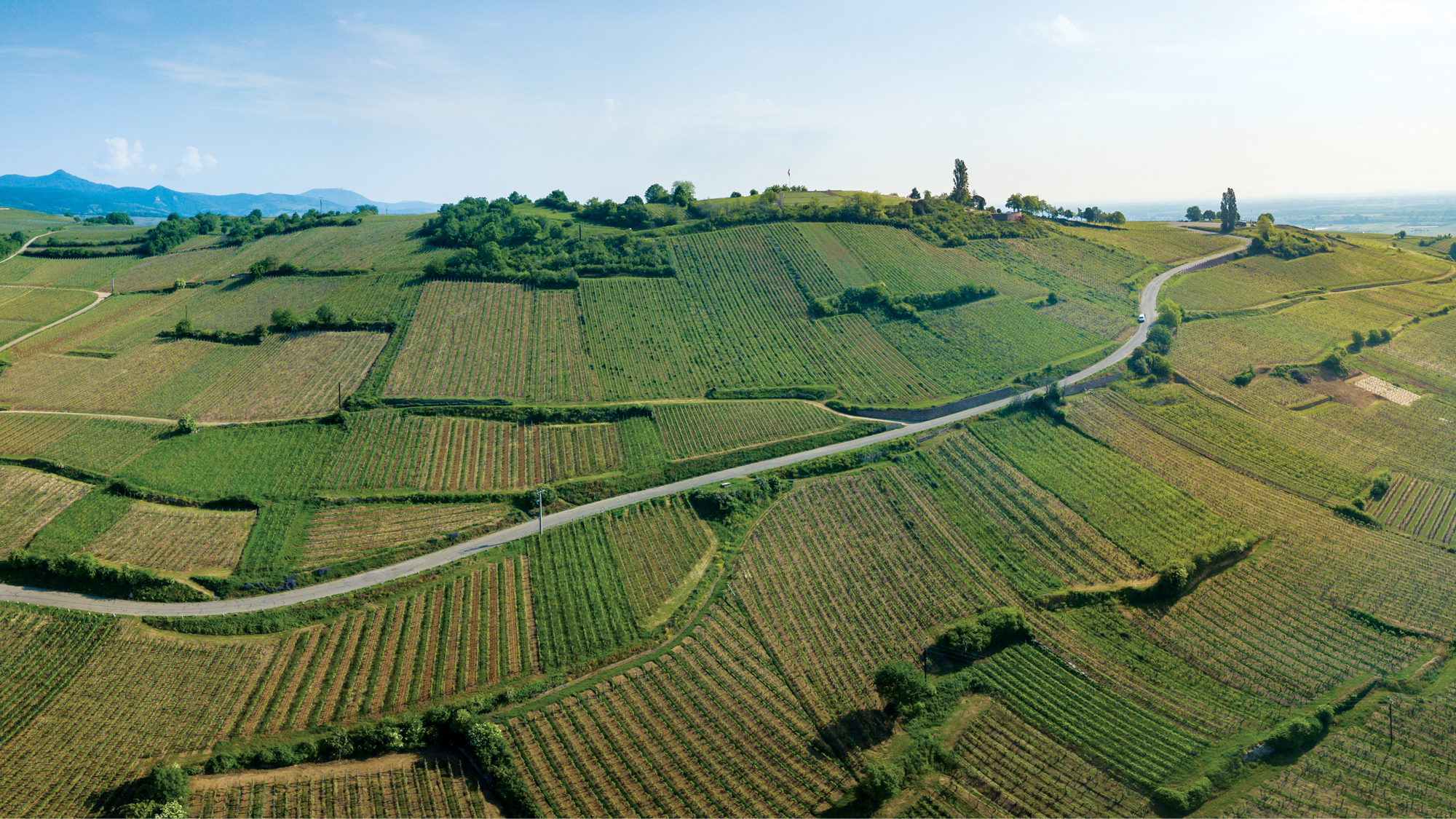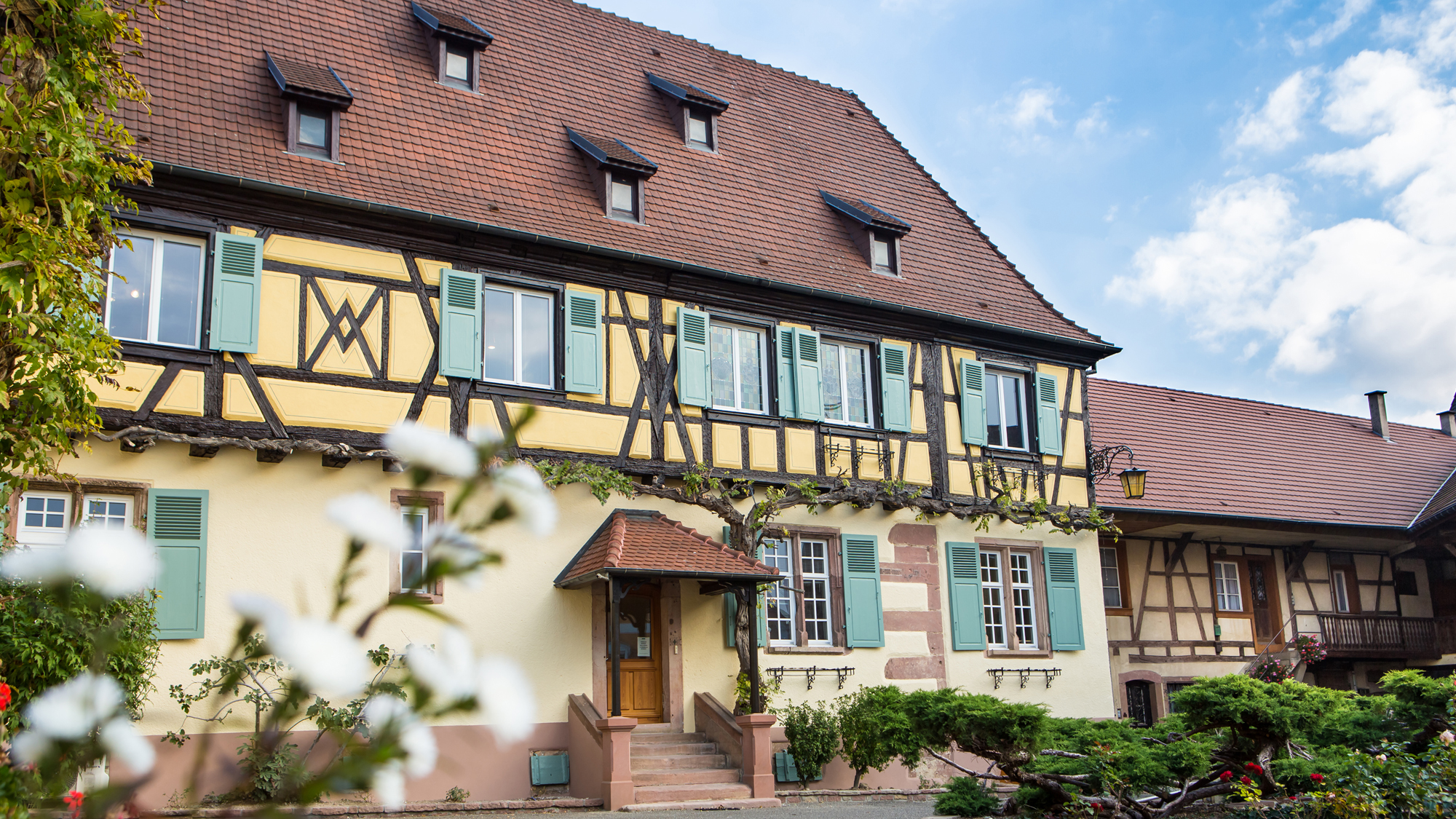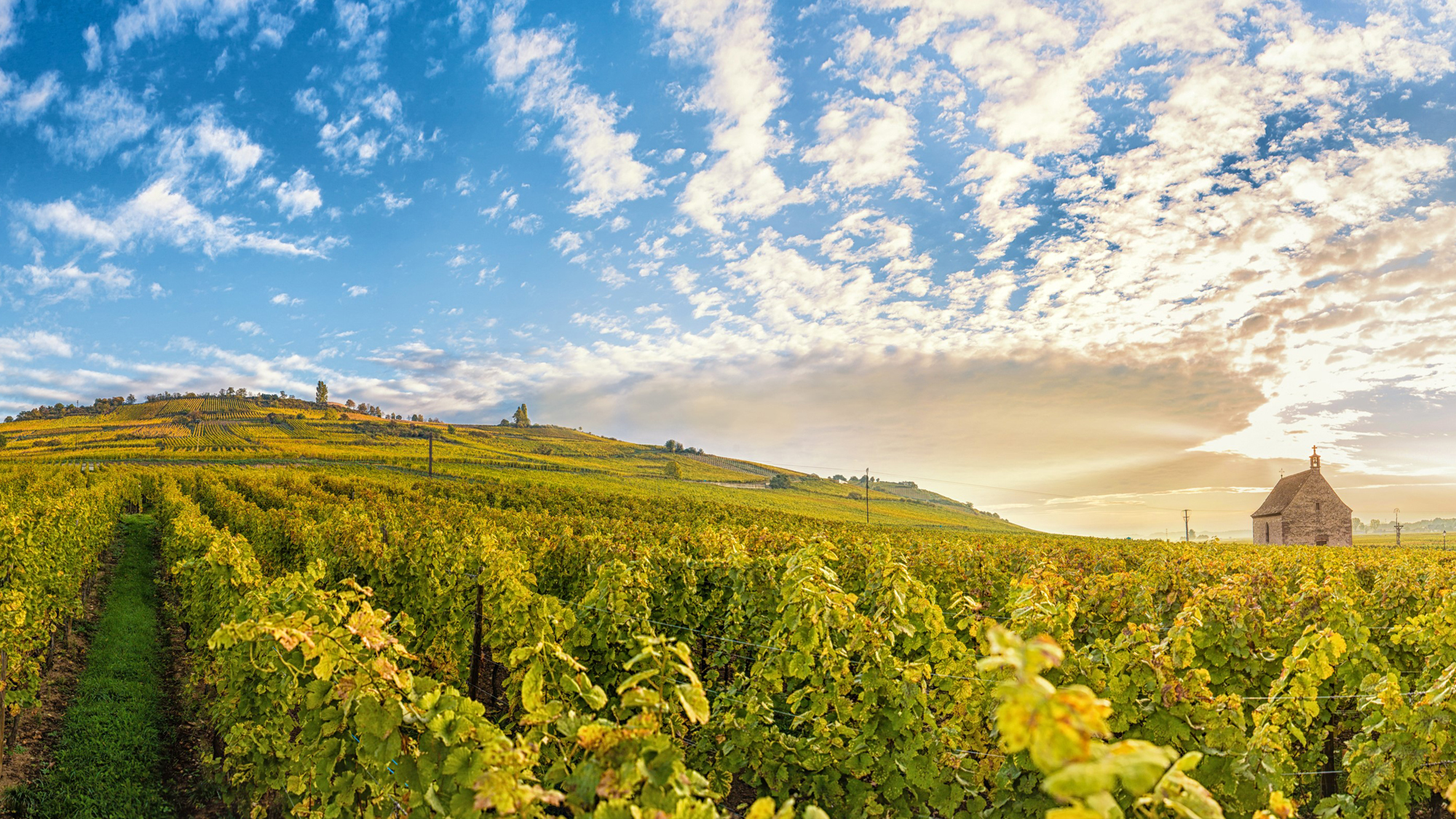Pierre Sparr
Alsace, France





Established in 1680, today Pierre Sparr remains focused on producing quality wines, a pure expression of Alsace, which are aromatic, fruity, elegant, clean and vibrant. Pierre Sparr wines are food-friendly and accessible for everyday consumption.
Winery Story9 Results
Alsace
Crémant d’Alsace Brut Réserve NV
Alsace
Crémant d’Alsace Brut Rosé NV
Alsace
Riesling Grande Réserve
Alsace
Pinot Gris Grande Réserve
Alsace
Pinot Blanc Grande Réserve
Alsace
Gewurztraminer Grande Réserve
Alsace
Schoenenbourg Grand Cru Riesling
Alsace
Mambourg Grand Cru Pinot Gris
Alsace
Mambourg Grand Cru Gewurztraminer








